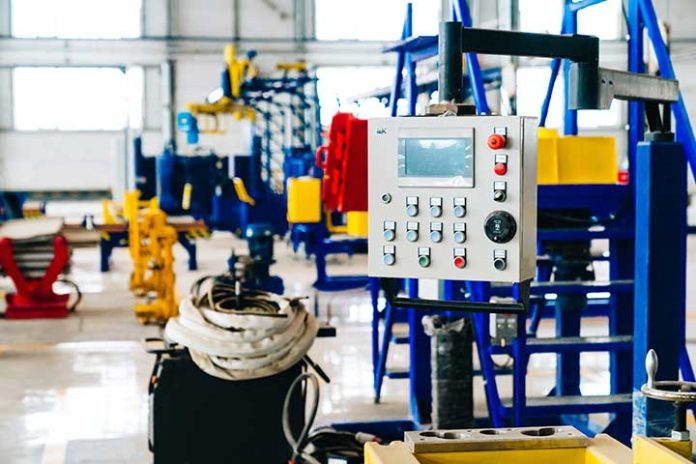Industrial electrical installations were a great replacement for coal to move industrial machinery and represented a before and after in the world’s factories. Today electrical energy for all areas of society is the most important resource; thanks to its use, we have reached such a level of technological progress. We depend so much on it that a power failure can cause a total standstill in a production system.
And it is that practically all the productive processes of industries in general (machinery, instruments, and equipment) require, yes or yes, an electrical component that supplies them with energy to function. It is worth mentioning that each device and equipment, depending on its dimensions, capacities, and possibilities, has different energy requirements. Consequently, the industry must be equipped with adequate industrial electrical equipment that allows them to operate the entire industrial premises, contemplating the safety of the workers and the machines installed in the circuit.
A correct electrical installation for the industry must be thoroughly planned and studied, from the adequate dimensions of conductors, control equipment, command, and protection, to contemplate the general safety of the factory. There are elements such as grounding systems, the third conductor, and other mechanisms to achieve this.
In this article, we want to teach you the fundamental characteristics of industrial electrical installations; We will learn what they are, how they work, and the fundamental components that constitute them.
What are industrial electrical installations, and how do they work?
When we talk about industrial electrical installations, we refer to a whole set of components and equipment that constitute the electrical circuits necessary to supply the entire factory site. Said facilities must be able to transform the type of electrical current, control it and distribute it appropriately to each system that requires lighting, and power supply for machinery, among others.
For the installation to be functional, it must be correctly designed, well-structured, and with the necessary elements. For this to be possible, a prior study and behavioural analysis must be conducted. According to the needs of each factory, they usually work with an energy of between 10 kV and 20 kV, which is considered the general average; if they are higher than 30 kV, they are regarded as high-voltage installations.
For the productive apparatus of each business to function optimally, it must be backed by a custom-made electrical installation, guaranteeing continuous and non-stop supply. Depending on the type of machinery used by the organization’s sector, it will use more or less electrical resources.
Main components of industrial electrical installations
It is worth mentioning that, according to the level of size and number of elements that need to be supplied with electricity, a more significant number of components will be required, which must be rigorously subjected to correct maintenance, to guarantee safety and be able to cope with breakdowns and their consequences.
One of the fundamental elements of any industrial electrical installation, regardless of size, would be the electrical panels. Each of the circuits that make up the installation is integrated into them and, in turn, has different fuses, magnetothermal and differential protectors.
Likewise, the industrial electrical cabinet is designed to house the electrical panel inside, making it a key material for any electrical installation. They are made of various materials, such as metal, PVC, and stainless steel, to name a few, and their main function is to protect all the circuits in the installation physically.
Now, although these two components are of great importance, there are other resources as necessary as the previous ones. We describe them below:
Measuring equipment and electric metres: as the name indicates, they are equipment designed to control and quantify the factory’s energy consumption, intending to allow precise monitoring of it.
Electrical panels are the fundamental component used to manage adequate electrical power for each of the elements connected in the circuit. It also allows you to monitor its proper functioning.
Transformers: just as we know, the transformers of the light poles, in the case of the industrial ones, work identically. Its objective is to convert the electrical current supplied to a suitable voltage for each installation component.
Connections: they are in charge of conducting the energy from the source to the supply points. They can be underground or aerial.
Starters: they are the ignition switch of electric motors; they offer protection to the circuit in case of voltage drops or rises
Grounding: it is the most important safety system in industrial electrical installations; it allows diverting excess voltage to protect workers and machinery from any overload.
These are some of the most important components in any industrial electrical installation, but without a doubt, there are many more.

